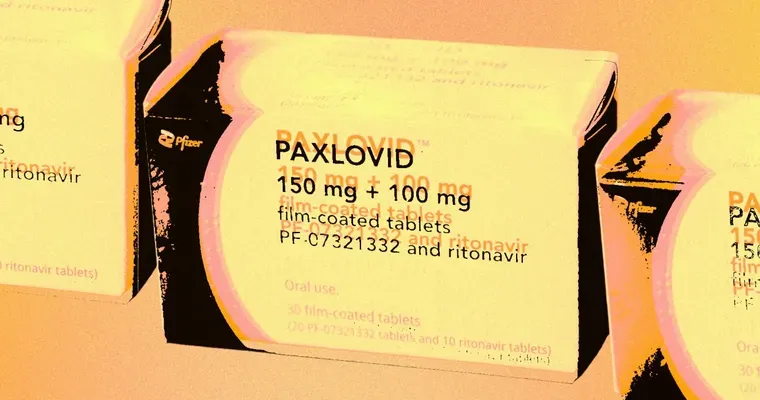When it comes to treating viral infections, many people are curious about their experiences with "Paxlovid" and "Tamiflu". As these two medications play significant roles in combating COVID-19 and influenza respectively, understanding their effectiveness and people's "luck" with these antiviral treatments can provide valuable insights. This article will delve into user experiences, the mechanism of action, and the potential benefits and drawbacks of both "Paxlovid" and "Tamiflu".
Paxlovid, developed by Pfizer, is an oral antiviral medication specifically designed to treat COVID-19. It works by inhibiting the replication of the virus, thus reducing the severity of the disease and the risk of hospitalization. Many individuals who have taken "Paxlovid" report a quick recovery and less severe symptoms, which has led to a positive perception of the drug. However, experiences can vary widely, and some patients may not respond as favorably or may experience side effects.
On the other hand, Tamiflu, or oseltamivir, is an antiviral medication used to treat influenza. It functions by blocking the action of the neuraminidase enzyme, which is essential for the virus's replication and spread within the body. Users of "Tamiflu" often highlight its effectiveness in reducing the duration of flu symptoms, especially when taken early in the course of the illness. However, some patients have reported side effects such as nausea and headaches, leading to mixed reviews.
When considering the luck that people have had with these medications, it is essential to factor in individual health conditions, the timing of treatment initiation, and adherence to the prescribed regimen. Many users emphasize the importance of starting "Paxlovid" or "Tamiflu" as soon as symptoms arise for the best outcomes.
In terms of availability, both "Paxlovid" and "Tamiflu" have been widely prescribed during peak seasons of COVID-19 and influenza outbreaks. However, access can sometimes be a barrier, as demand fluctuates based on viral trends. People often share their experiences online, discussing how easy or difficult it was to obtain the medication and their subsequent experiences during treatment.
The conversations around "Paxlovid" and "Tamiflu" have also sparked discussions on social media platforms, where users frequently share their personal stories. Many express gratitude for the relief these medications provided during their illnesses, contributing to a general sense of community and support.
In summary, people's luck with "Paxlovid" and "Tamiflu" varies, influenced by numerous factors including timing, individual health responses, and availability. While both medications have shown significant efficacy in treating their respective viral infections, experiences can differ markedly. As more data and personal stories emerge, it will be interesting to see how perceptions of these antiviral treatments evolve. If you are considering either medication, it is crucial to consult with a healthcare professional to determine the best course of action for your situation.





